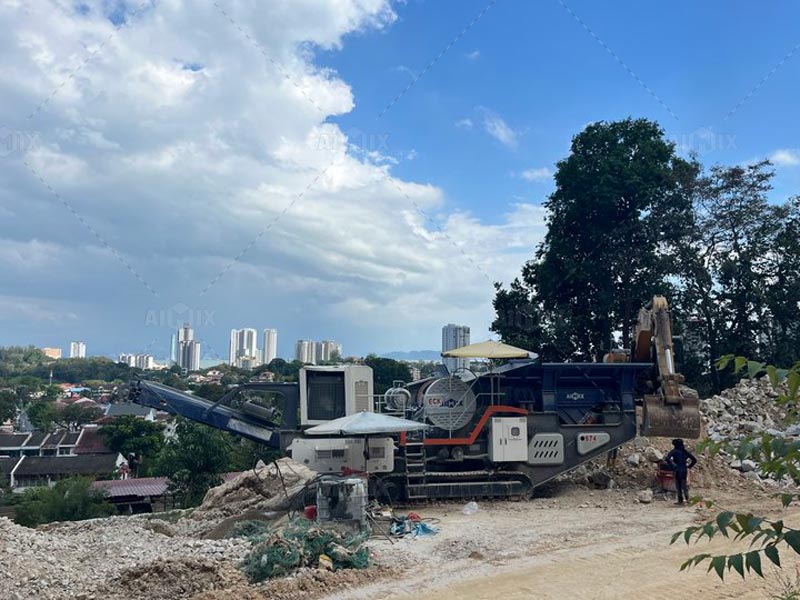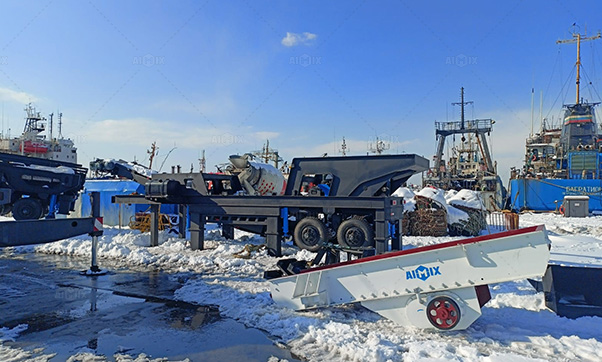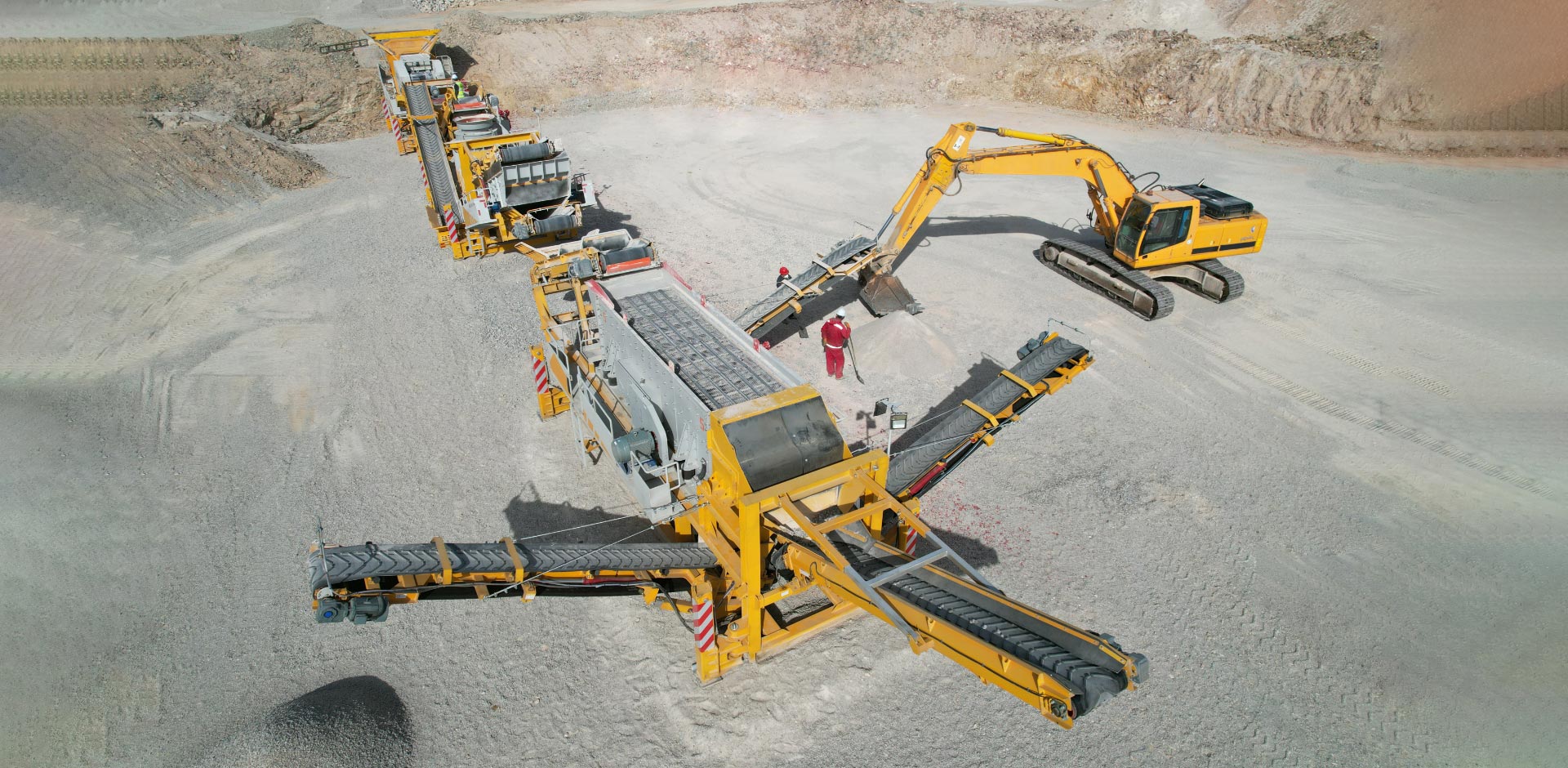Maintaining the conveyor belt of an aggregate crushing plant is crucial for ensuring optimal performance and preventing costly downtime. Understanding the importance of conveyor belt maintenance can help operators keep their equipment running smoothly and efficiently.
Understanding the Importance of Conveyor Belt Maintenance
Ensuring Optimal Performance
The conveyor belt plays a critical role in the operation of an aggregate crushing plant. It is responsible for transporting raw materials from one process to another, such as from the primary crusher to the secondary crusher or from the screening equipment to the stockpile. Any issues with the conveyor belt can result in delays in production and decreased efficiency.
Regular maintenance of the conveyor belt is essential to ensure its optimal performance. This includes inspecting the belt tension, adjusting the belt alignment, and checking for signs of wear and tear.

Steps to Adjust the Conveyor Belt
Inspecting the Belt Tension
One of the first steps in adjusting the conveyor belt is to inspect the belt tension. A properly tensioned belt ensures smooth and efficient operation of the conveyor system. To check the tension, operators can use a tension gauge or simply apply pressure to the belt with their hand and assess the deflection. If the belt feels loose or saggy, it may need to be tightened.
Adjusting the Belt Alignment
Another important aspect of conveyor belt maintenance is ensuring proper alignment. Misaligned belts can cause excessive wear on the rollers and idlers, leading to premature failure of the conveyor system. Limestone crusher machine operators should regularly check the alignment of the belt and make adjustments as needed using the appropriate tools.
Checking for Wear and Tear
In addition to tension and alignment, operators should also inspect the conveyor belt for signs of wear and tear. This includes checking for cuts, tears, and fraying along the edges of the belt. If any damage is detected, the belt may need to be repaired or replaced to prevent further issues.

Process of Replacing the Conveyor Belt
Preparing for Replacement
When it comes time to replace the conveyor belt, proper preparation is key to ensuring a smooth and efficient process. This includes gathering the necessary tools and equipment, such as a belt cutter, a splice kit, and safety gear. Operators should also ensure that the conveyor system is shut down and locked out to prevent accidental startup during the replacement process.
Removing the Old Belt
Once the plant is safely shut down, the next step is to remove the old conveyor belt. This involves loosening the belt tension and removing any fasteners or splice clips that are holding the belt in place. The portable crushing plant operators should take care to properly dispose of the old belt and any debris that may have accumulated during its use.
Installing the New Belt
With the old belt removed, operators can now begin installing the new conveyor belt. This involves carefully threading the belt through the conveyor system and making sure it is properly aligned and tensioned. Once the belt is in place, operators can secure it using fasteners or splice clips and adjust the tension as needed to ensure smooth operation. View this page for useful information: https://aimixglobal.com/stone-crusher-plant/.
By following these steps and performing regular maintenance, operators can keep the conveyor belt of their aggregate crushing plant in optimal condition, ensuring efficient operation and maximizing production output.
